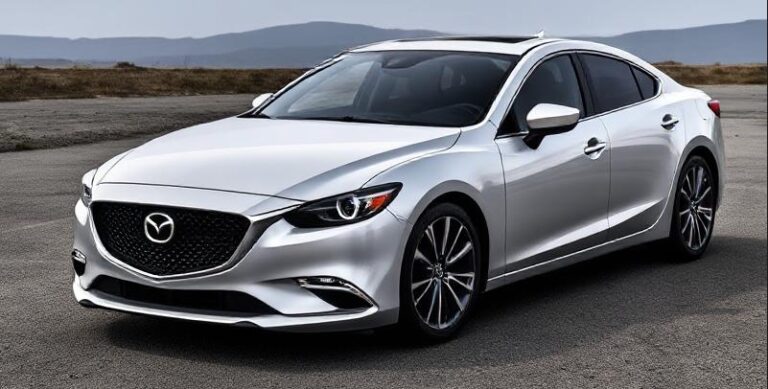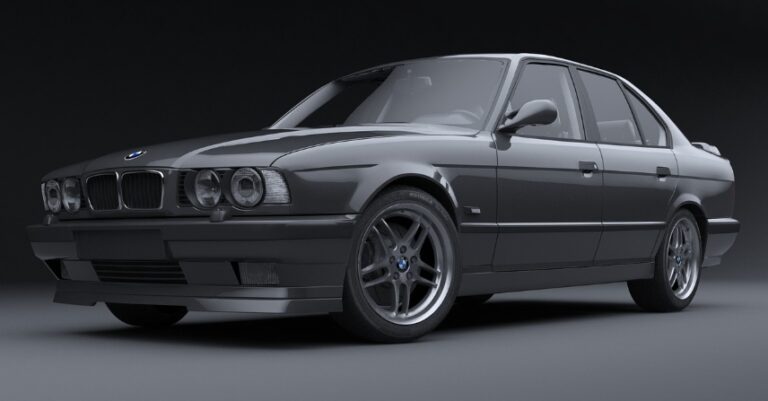The Evolution of the Volvo 142, 144, and 145
Introduction
Volvo’s reputation for safety, durability, and understated Scandinavian design was solidified through its mid-20th-century lineup of sedans and station wagons. Among these, the Volvo 140 series—comprising the 142 (two-door sedan), 144 (four-door sedan), and 145 (station wagon)—represents a significant chapter in Volvo’s history. Introduced in the late 1960s, these models became emblematic of Volvo’s commitment to safety, engineering innovation, and practical design, influencing the brand’s trajectory well into the 1980s. This article traces the development, variants, and key milestones of the Volvo 140 series, highlighting their production timeline, model distinctions, and market impact.
Origins and Development of the Volvo 140 Series
Predecessors and Context
Before the 140 series, Volvo’s lineup was characterized by the PV544 and Amazon (Amazon 120 series). The PV544, introduced in 1958, was a compact, affordable car, but by the late 1960s, Volvo needed a modern replacement to compete globally and meet evolving safety standards.
Design and Engineering Foundations
The Volvo 140 series was developed in the late 1960s, debuting in 1966 as a 1967 model. It was built on an all-new platform emphasizing safety, durability, and ease of maintenance. The design was characterized by its boxy, practical styling, with a focus on spacious interiors and robust construction. The series was also notable for its innovative safety features, including the first application of impact-absorbing bumpers and crumple zones in a mass-produced vehicle.
Production Timeline
Introduction and Early Years (1966–1974)
- 1966–1967 (Model Year 1967): The Volvo 140 series was introduced at the Geneva Motor Show, comprising primarily the 144 four-door sedan and the 145 station wagon. The two-door 142 was introduced shortly thereafter, completing the initial lineup.
- Manufacturing: Production was based in Volvo’s factory in Torslanda, Sweden, with additional assembly in North America, the UK, and other markets over time.
Mid-Generation Updates (1975–1980)
- Facelift and Mechanical Updates: In 1974, Volvo introduced an extensive facelift for the 140 series, often referred to as the “Series 2” update, which included styling refinements, improved safety features, and engine upgrades.
- Continued Popularity: During these years, the 140 series solidified its reputation as a safe, reliable family car.
Final Production Phase (1981–1986)
- Discontinuation: The 140 series was phased out in favor of the new Volvo 240 series, which shared many design principles but featured a more modern, squared-off appearance.
- Remaining Models: Production of the 140 series continued in certain markets until 1986, primarily to fulfill existing orders and in some cases for fleet purposes.
Model Variations and Trim Levels
The Volvo 140 series was offered in several configurations, with variations across different markets. These variations included engine options, trim levels, and features, reflecting customer needs and regional preferences.
1. Volvo 142 (Two-Door Sedan)
- Production Years: 1967–1974
- Design: Sleek, sporty two-door coupe with a shorter wheelbase and reduced weight.
- Engine Options:
- B14 (1.4L I4): Early models featured carbureted 1.4-liter engines.
- B15 (1.5L I4): A slightly larger engine introduced later.
- B20 (2.0L I4): The most common engine, with high-performance variants like the 142E.
- Performance Variants:
- 142E: Featured a fuel-injected B20 engine producing around 115-130 horsepower, making it the performance flagship of the two-door lineup.
- 142E Rally: A limited edition with sportier suspension and styling cues for rallying enthusiasts.
- Trim Levels:
- Standard: Basic interior, manual transmission, basic trim.
- De Luxe: Included upgraded upholstery, better instrumentation, and sometimes a sunroof.
- Sport/Performance Models: Featured sport seats, alloy wheels, and rally-inspired features.
2. Volvo 144 (Four-Door Sedan)
- Production Years: 1968–1980
- Design: The most common and recognizable model, offering spacious four-door comfort.
- Engine Options:
- B14 and B15: Early models.
- B20: The mainstay engine throughout most of the model’s life.
- B19 (1.9L): Introduced in later years for certain markets.
- Turbo Variants: The 144 Turbo emerged in the late 1970s, featuring a turbocharged B21 engine.
- Performance and Special Editions:
- 144 DL: Base trim, focusing on economy and practicality.
- 144 GL: Upgraded trim with better interior features and optional sunroof.
- 144 Turbo: Introduced in 1976, featuring a turbocharged B21 engine producing approximately 155 horsepower, making it a high-performance model.
- 144 GS: Sporty trim with enhanced suspension and appearance features.
- Trim Levels:
- Standard: Manual or automatic transmission, basic interior.
- De Luxe and GL: Upgraded upholstery, wheel trims, and additional features.
- Luxury/Executive: Higher-end features, optional leather upholstery, and advanced audio systems.
3. Volvo 145 (Station Wagon)
- Production Years: 1968–1980
- Design: Practical station wagon with ample cargo space, widely used as family and utility vehicles.
- Engine Options: Similar to the 144, including B14, B15, B20, and turbo variants.
- Configurations and Trim Levels:
- Base Models: Focused on utility with minimal trims.
- De Luxe and GL: Upgraded trims similar to the sedans.
- Performance Versions: Turbo and rally-inspired models available for enthusiasts.
- Special Editions:
- Various export models and special editions were available, including the “Kombi” in European markets.
Notable Features and Innovations
The Volvo 140 series was renowned for its safety features, which set industry standards:
- Impact-Absorbing Bumpers: Designed to absorb collision energy, these bumpers were mandated by safety regulations and became a stylistic hallmark.
- Crumple Zones: The 140 series was among the first mass-produced cars with crumple zones to protect occupants during frontal impacts.
- Safety-Focused Interior: Strong safety cell, three-point seat belts, and optional head restraints.
- Robust Construction: Body-on-frame construction with durable steel panels contributed to longevity and crashworthiness.
- Engine Innovations: The B20 engine was notable for its reliability and smoothness, and later turbocharged variants introduced forced induction for enhanced performance.
Market Variations and International Presence
The Volvo 140 series was sold globally, with variations tailored to regional preferences:
- United States: The series was popular due to its safety reputation and reliability. The 144 and 145 were available with automatic transmissions and emission controls suitable for the American market.
- Europe: Widely available with a range of trims, from basic models to luxury versions, including estate variants.
- Australia and South Africa: Station wagons were especially popular, with some local assembly.
- Japan and Asia: Limited imports, but the models were appreciated among enthusiasts.
.
MANY auto lovers not only spend time in their garages to tinker on their autos, but have other projects going on in there as well. Wood working is a popular pastime for the creative type of individual. Not sure what to make next? Or thinking about getting into this kind of hobby? There’s lots of possibilities… Here’s some of them…

.
Transition to the Volvo 240 Series
By the early 1980s, the aging 140 series was gradually replaced by the all-new Volvo 240 series, introduced in 1974 and produced until 1993. The 240 shared the safety ethos and rugged construction of the 140 but featured a more modern, squared-off design, improved aerodynamics, and updated technology.
End of Production
- The Volvo 140 series officially ended production in 1980, with some markets receiving models into 1986 due to ongoing demand and fleet sales.
Collectibility and Legacy
Today, the Volvo 140 series remains a beloved classic among collectors and enthusiasts. Its reputation for safety, durability, and practicality has cemented its status as a quintessential Volvo model.
- Restoration and Preservation: Many units are still on the road, especially the 144 and 145 station wagons.
- Performance Variants: Turbo models and rally editions are prized for their unique engineering and historical significance.
- Cultural Impact: The 140 series influenced subsequent Volvo models and helped establish the brand’s commitment to safety and reliability.
Conclusion
The Volvo 142, 144, and 145 of the 1960s to the early 1980s represent a defining era for Volvo, showcasing the company’s unwavering focus on safety, engineering robustness, and practical design. From the sporty 142 to the versatile 145 wagon, each variant contributed to Volvo’s reputation and heritage. Their evolution, marked by technological innovations, diverse trim levels, and international appeal, underscores their enduring legacy as classic, dependable vehicles that continue to be admired and restored today.







